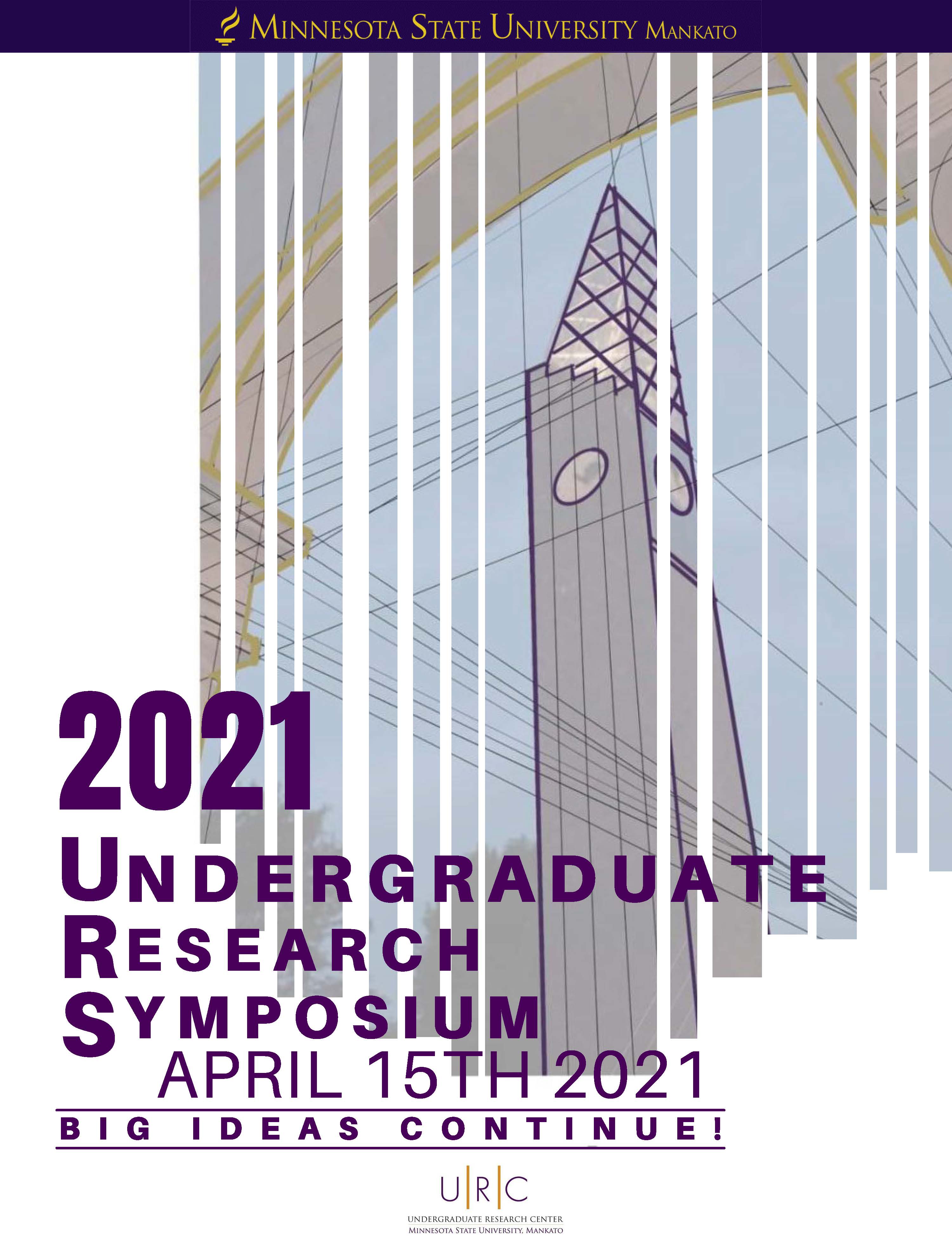Myosin Oxidation and Effects on Magnesium and Actin Binding: Actomyosin
Start Date
15-4-2021 3:30 PM
End Date
15-4-2021 4:30 PM
Student's Major
Biochemistry
Student's College
Science, Engineering and Technology
Mentor's Name
Rebecca Moen
Mentor's Department
Biochemistry, Chemistry and Geology
Mentor's College
Science, Engineering and Technology
Description
Muscles are responsible for producing force throughout the human body. Muscle tissue is divided into three general types: skeletal, cardiac and smooth muscle. Our muscles are prime targets of oxidative stress as they must respond effectively to influences such as exercise, hormonal changes, development and aging (1). Repetitive muscle contractions lead to a variety of physiological responses including an increase in reactive oxygen species (ROS) production. The unpaired electron on oxygen is extremely reactive. Oxygen intermediates like superoxide, peroxide and hydroxyl group are ROS and promote oxidation reactions of biomolecules such as proteins. ROS can affect all muscle types. For example, in cardiac muscle oxidative stress is linked to heart failure (2). The ROS induced malfunction in the muscle tissue is caused partially by defects in contractile proteins that cause muscle contraction, myosin and actin (1, 2).
Myosin Oxidation and Effects on Magnesium and Actin Binding: Actomyosin
Muscles are responsible for producing force throughout the human body. Muscle tissue is divided into three general types: skeletal, cardiac and smooth muscle. Our muscles are prime targets of oxidative stress as they must respond effectively to influences such as exercise, hormonal changes, development and aging (1). Repetitive muscle contractions lead to a variety of physiological responses including an increase in reactive oxygen species (ROS) production. The unpaired electron on oxygen is extremely reactive. Oxygen intermediates like superoxide, peroxide and hydroxyl group are ROS and promote oxidation reactions of biomolecules such as proteins. ROS can affect all muscle types. For example, in cardiac muscle oxidative stress is linked to heart failure (2). The ROS induced malfunction in the muscle tissue is caused partially by defects in contractile proteins that cause muscle contraction, myosin and actin (1, 2).



